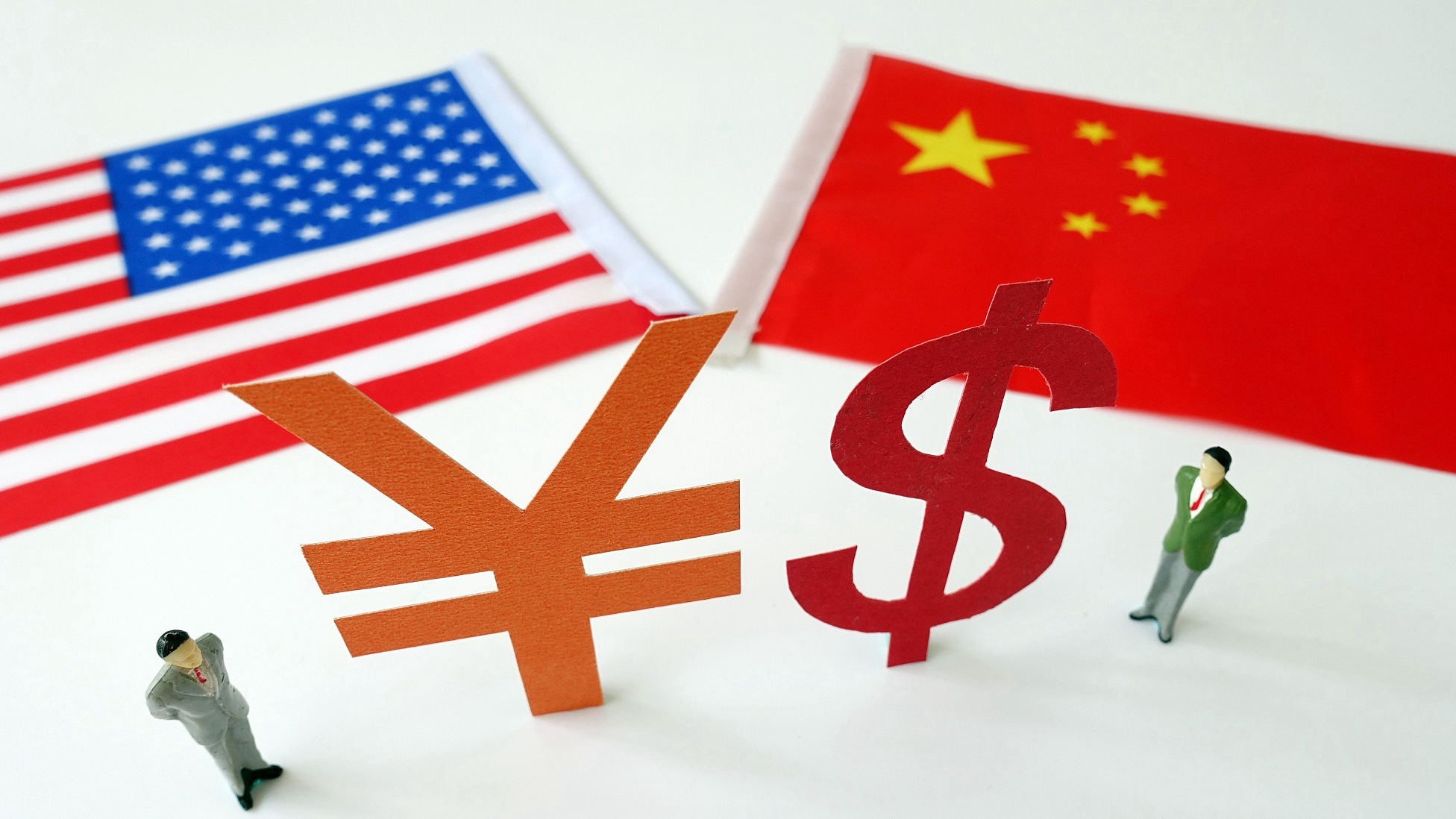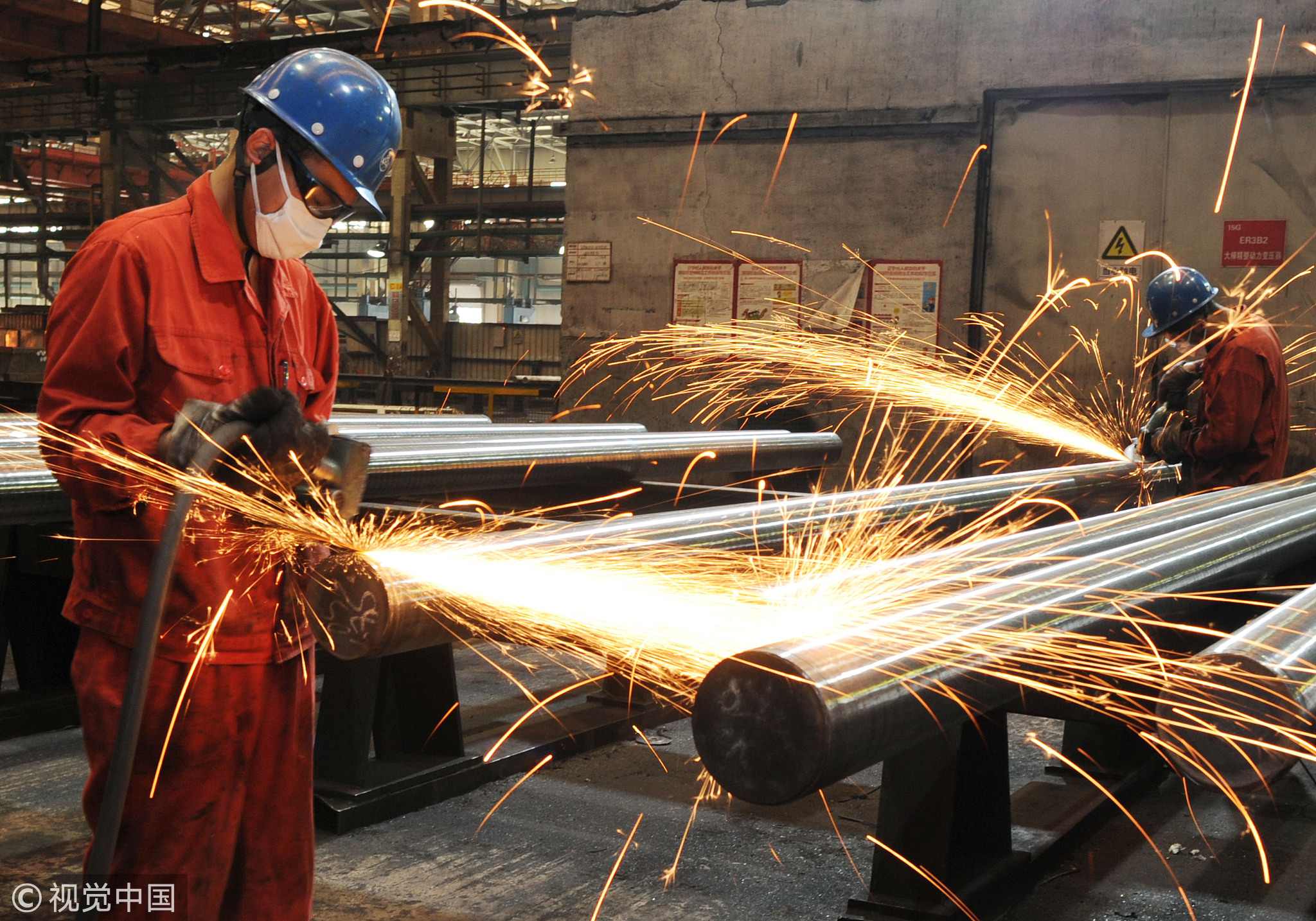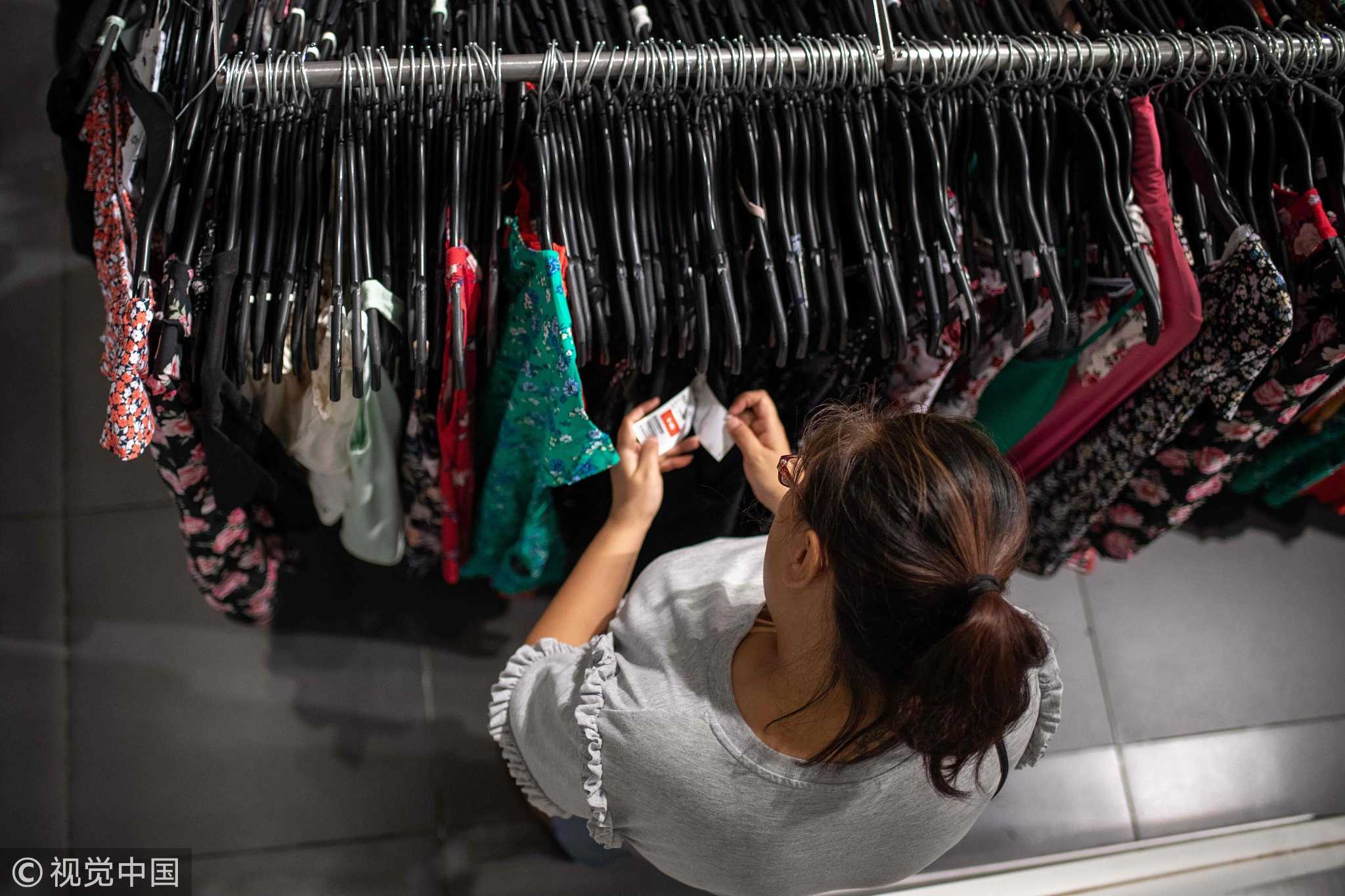
Opinions
16:52, 15-Sep-2018
Opinion: What to expect from China-US trade tensions
Updated
15:56, 18-Sep-2018
Li Yong

Editor's note: Li Yong is current affairs commentator and senior fellow at the China Association of International Trade. The article reflects the author's opinion, and not necessarily the views of CGTN.
When Dow Jones Industrial Average jumped 150 points after the report on the US -proposed new trade talks with China, there were speculations that the US proposal might represent a change of some sort in the trajectory of the trade tensions between the two largest economies in the world.
Asian shares responded with advances on hopes that a deal could be struck and in China, the yuan jumped and stocks rose.
Interestingly, though, the proposal came less than a week after US President Donald Trump said on Air Force One that he was ready to slap tariffs on a further 267 billion US dollars worth of Chinese imports on top of the 200 billion US dollars already targeted, which means all Chinese imports to the US will be targeted, "if he wants".
While the Trump administration has yet to announce the imposition of the tariffs on the 200 billion US dollars worth of Chinese imports, after 25 percent tariffs on 50 billion US dollars of Chinese goods, the US suddenly extended "olive branches" amid its ongoing and escalating tensions with China.

The closing numbers are displayed after the closing bell of the Dow Industrial Average at the New York Stock Exchange in New York, on September 12, 2018. /VCG Photo
The closing numbers are displayed after the closing bell of the Dow Industrial Average at the New York Stock Exchange in New York, on September 12, 2018. /VCG Photo
China welcomed the invitation.
"China has always held that an escalation of the trade conflict is not in anyone's interests. In fact, from last month's preliminary talks in Washington, the two sides' trade talk teams have maintained various forms of contact, and held discussions on the concerns of each side," said Geng Shuang, spokesman of China's Foreign Ministry, while talking to reporters on September.
"We are under no pressure to make a deal with China, they are under pressure to make a deal with us," Trump tweeted on September 13.
This tweet was intended to "clarify" the invitation to China for talks had not been the result of "rising political pressure" as reported by the Wall Street Journal.
On the same day, however, the president quietly signed a new Miscellaneous Tariff Bill into law. The bill, which House lawmakers passed on September 4, 2018, temporarily reduces or suspends tariffs on certain imports based on petitions the US International Trade Commission received from companies under the 2016 American Manufacturing Competitiveness Act.
That would reduce tariffs on nearly 1,700 imported raw materials and intermediate goods used by US manufacturers but not produced in the US.

Employees inspect and repair steel products in Dalian, Liaoning Province, China, on September 14, 2018. /VCG Photo
Employees inspect and repair steel products in Dalian, Liaoning Province, China, on September 14, 2018. /VCG Photo
Trump's decision to sign the bill appears to be at odds with his trade actions in recent months, as he has already levied 25 percent duties on 50 billion US dollars worth of Chinese goods and threatened to impose duties on more Chinese products in addition to the 200 billion US dollars targets.
Although the approved bill is not country-specific, about 150 products are found on the list of 50 billion US dollars worth of Chinese imports are already subject to import duties. The bill would also cover roughly 1,000 Chinese products that are targeted on Trump's list of 200 billion US dollars worth of Chinese products.
The latest development on Friday is, as reported by Reuters that US Trump has directed aides to proceed with tariffs on 200 billion US dollars of Chinese goods, despite Treasury Secretary Steven Mnuchin's attempts to restart trade talks with China.
The US Trade Representative's office, like it or not, has said it was working to revise the list based on issues raised in public hearings and written submissions. They will have to take into consideration the Miscellaneous Tariff Bill as well.
The White House said in a statement that Trump had been clear that he and his administration would continue to take action to address China's trade practices and encouraged Beijing to address US concerns.

A woman looks at a price tag on a dress in a mall in Beijing, China, on September 10, 2018. /VCG Photo
A woman looks at a price tag on a dress in a mall in Beijing, China, on September 10, 2018. /VCG Photo
The messages are confusing: talk or balk? What to expect?
On the Chinese side, the message is loud and clear: the door for talks is open. But talks under the wave of sticks, and with a moving target, are not considered serious propositions. China is not under pressure either.
In previous rounds of talks, China has demonstrated the maximum level of sincerity to resolve the trade issues and offered pragmatic solutions, such as increased imports of both goods and services from the US But all the goodwill and benefits embedded in the Chinese proposals have been rejected by the US
The fact now is that the US has not gotten any material benefits from the trade fights apart from what Trump has tweeted, "we will soon be taking in Billions in Tariffs & making products at home". Do not get it wrong, though, American consumers and businesses eventually pay the tariffs.
Members of the Information Technology Industry Council, which includes Microsoft Corp and Apple Inc., are weighing layoffs after costs rose as much as 35 percent. Making products at home with tariff levies on imported materials and components will only make American businesses less competitive.
Ironically, China's exports to the United States have held up so far despite Trump's tariffs on 50 billion US dollars of Chinese goods, according to data released by China's statistical bureau on September 14. China's economy is not as bad as Trump has described, neither down 25 percent nor collapsing.

A woman selects bread at a bakery in a mall in Beijing, China, on September 10, 2018. /VCG Photo
A woman selects bread at a bakery in a mall in Beijing, China, on September 10, 2018. /VCG Photo
The take-it-for-granted winning of the trade war is far off the horizon if the US continues to hold its usual "tough stance" in a trade war mode. Talking about who gets hurt more does not make real sense as a base for negotiating the position.
If the talks are conducted with realistic and pragmatic propositions, reasonable achievements can still be expected although much-observed apathy and indifference from the US side as shown in Trumps' tweet: "If we meet, we meet?"
Don't bother about who has initiated the invitation. Don't misinform the markets with confusing messages.
(If you want to contribute and have specific expertise, please contact us at opinions@cgtn.com.)

SITEMAP
Copyright © 2018 CGTN. Beijing ICP prepared NO.16065310-3
Copyright © 2018 CGTN. Beijing ICP prepared NO.16065310-3